Introduction
Do you consider yourself a novice in the practice of yoga? While it is an extremely beneficial form of exercise, improper execution may result in certain injuries. Like any other physical endeavor, form and body mechanics must be observed during this activity to prevent suffering or injury. Suppose you want to keep your practice safe and get all the benefits of a regular yoga routine. In that case, this article will help you recognize and avoid some of the most common yoga injuries new yoga practitioners get. Please keep reading to learn more about how new yogis get hurt and how to avoid them here.
Understand the common yoga injuries and how to avoid them
Muscle Strains:
It is common for novice yoga practitioners to experience muscle strains or drags due to their lack of familiarity with proper form and posture. These injuries may result from excessive holding of a posture or stretching beyond the body’s optimal range of motion. Always warm up before a yoga session and take your time with complex poses to prevent this.
Joint Injuries:
Yoga requires considerable flexion and movement, which can place stress on the joints. In particular, the wrists, knees, and elbows are vulnerable. Using props such as blocks and straps and maintaining appropriate alignment can reduce the risk of developing joint injuries.
Spinal Injuries:
Spinal injuries may result from bending and rotating motions that are not performed properly. It is critical to pay attention to your body and refrain from adopting any positions that induce pain. Maintain an aligned spine and never impose a pose.
Hamstring Tears:
Hamstring strains are frequently induced by postures requiring extreme forward flexion. Maintaining a straight spine and consistently engaging your quadriceps will help you avoid these injuries.
Overstretching:
The consequences of overstretching are sprains and fractures. Novice practitioners should exercise patience and systematically escalate the difficulty level in their routine. Remember that yoga is not a competition; you must honor your body’s limitations.
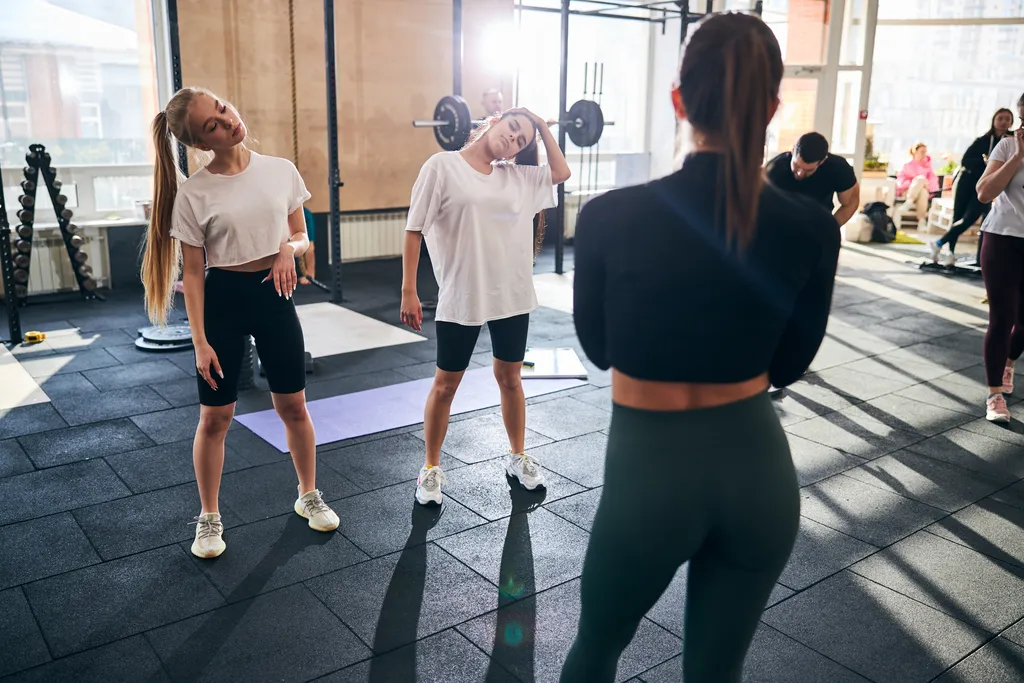
Learning from a Qualified Instructor
Gaining knowledge from a certified instructor is one of the most productive methods of averting yoga tears. Instructors mitigate the possibility of injury by directing you toward correct form and alignment. They can offer individualized guidance customized to your specific physique and level of physical fitness. Stick to the following essential elements in your memory:
Personalized Attention:
An effective instructor provides personalized attention to every learner, offering corrections for postures and proposing necessary modifications.
Understanding of Anatomy:
Qualified instructors possess an extensive knowledge of human anatomy. They can instruct you on preventing injury and minimizing strain by engaging each muscle group.
Communication:
Effective communication is essential. Inform your instructor of any ailments or preexisting conditions. They can propose suitable adjustments or alternate positions.
Progression:
A proficient instructor will guarantee that your progress is commensurate with your skill level. They advise against immediately attempting advanced poses before grasping the fundamentals.
Investing in yoga instruction from a certified instructor is beneficial for one’s holistic health and well-being. By doing so, you will not only prevent injuries but also increase the efficiency and pleasure derived from your practice.

Take breaks when needed – listen to your body and adjust poses as needed
Listening to Your Body
It is vital to pay attention to what your body is telling you during yoga. A sign that you should take a break is the occurrence of fatigue, vertigo, or discomfort. Overexertion may result in physical harm; therefore, ensure you practice safely by resting as often as necessary.
Hydration:
Adequate hydration is an essential component of any yoga practice. Ensure you consume sufficient water before, during, and after yoga sessions. In addition to fatigue and vertigo, dehydration can induce muscle cramping.
Nutrition:
Some hours before your yoga session, consuming a few hour’s worth of nutritious and light meals can supply you with the necessary energy. A small snack is acceptable if you feel dizzy or feeble, but you should avoid consuming large meals preceding a yoga session.
Mental Breaks:
In addition to promoting physical health, yoga also fosters mental wellness. Practicing mindfulness or simply breathing can help alleviate mental fatigue and tension. This can assist in refocusing the mind and enhancing the yoga practice.
Proper Rest:
Equally as essential as the practice itself is sufficient rest following it. Obtaining sufficient restful slumber is essential for facilitating muscle recovery and preparing for subsequent yoga sessions.
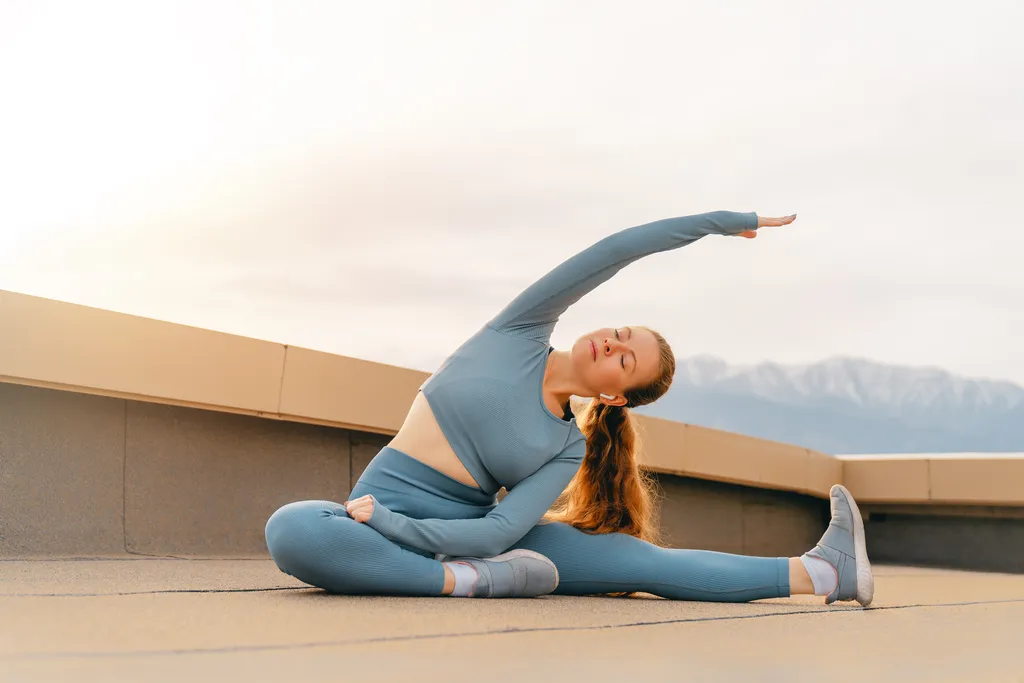
Warming Up Before Practice
Warming up before beginning yoga is an essential and crucial phase that must be addressed. A well-designed warm-up incorporates incremental heart rate and circulation increases to prime the body for the upcoming physical activity. This process facilitates joint loosening and enhances blood flow to the muscles. This improves the elasticity of your muscles, enabling them to withstand the tension of exercise more efficiently, thereby preventing injury. The following are suggestions for an effective warm-up:
Start with Light Cardio:
Engaging in moderate cardio for a few minutes, such as brisk walking or jogging while stationary, can elevate body temperature and blood circulation. This warms up the muscles in preparation for more strenuous stretching.
Mild Stretching:
Commence the practice by performing gentle stretches to prime your body adequately for the subsequent yoga poses. These should be dynamic exercises in which you perform motion while stretching.
Pose-Specific Warm Up:
Before performing a challenging pose during your practice, you should limber up the muscles engaged in that pose.
Breathe Deeply:
During warm-up, practicing deep breathing can increase blood flow and oxygen delivery to your muscles.
Bear in mind that the purpose of your warm-up is not to exhaust yourself but rather to raise your body temperature and prime your muscles for the upcoming activity. Maintain awareness of your body during the warm-up and adjust your technique accordingly.
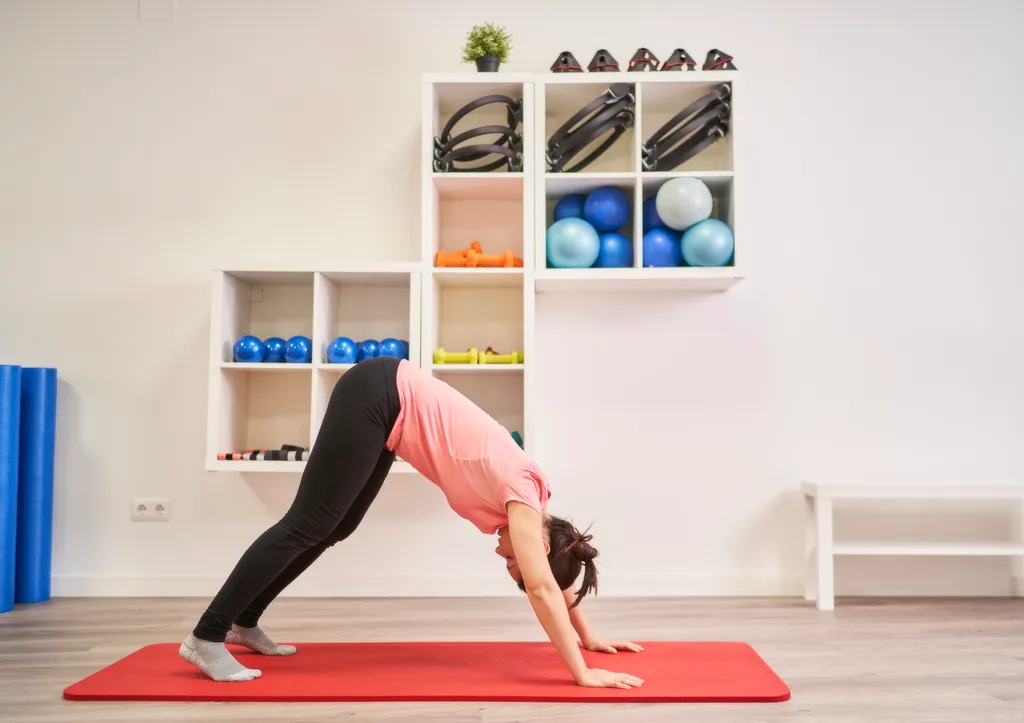
Avoiding Overstretching and Overexertion
Yoga places significant emphasis on cultivating self-awareness and mindfulness, encompassing the recognition and reverence of one’s physical limitations. Exerting excessive force or overextending oneself can result in physical harm or fatigue in the muscles and joints. Prevent this by:
Follow a Gradual Progression:
Only conduct complex poses hastily if you are prepared to do so. Instead, progress incrementally from fundamental to intermediate-level poses. This will gradually condition your body and reduce your risk of injury.
Use Yoga Props:
Props such as yoga blocks, straps, and bolsters can reduce the risk of overstretching and strain by supporting the body in various postures.
Maintain Proper Alignment:
Maintain proper alignment in every pose at all times. This can prevent anybody portion from being subjected to unnecessary stress.
Listen to Your Body:
Observe the signals that your body transmits. Warning signals include experiencing pain, discomfort, or extreme tension while holding a pose. Adjust the pose at all times or depart it if it no longer feels natural.
Refraining from excessive stretching and exertion guarantees a secure and advantageous yoga session that positively impacts general health and well-being.
Strengthening Weak Muscles and Increasing Flexibility Gradually
Strengthening and increasing the flexibility of weakened muscles is a gradual process that demands perseverance and consistency. The following are some necessary guidelines:
Consistent Practice:
Consistent and regular yoga practice increases flexibility and fortifies weakened muscles. Engaging in shorter, more frequent practice sessions is preferable to conducting lengthy, infrequent sessions.
Balanced Approach:
Incorporate a balanced methodology into your practice. Incorporate poses that target every body part to develop a comprehensive practice.
Progressive Overload:
To fortify feeble muscles, implement the progressive overload principle. This requires increasing the intensity of your practice progressively over time. This can be accomplished by holding poses for longer, incorporating more difficult poses, or utilizing resistance-enhancing objects.
Stretching and Relaxing:
Incorporate active (muscle engagement during stretching) and passive (relaxation into a stretch) stretching into your routine to enhance flexibility. Remember that flexibility is not limited to the ability to bend and twist; it also involves sustaining a complete range of motion in your joints.
Recovery and Rest:
Giving your body time to recover and unwind after intense workouts is especially important. During this time, the muscles strengthen and repair themselves. By incorporating restorative poses into your routine and ensuring that you get sufficient rest, you can significantly accelerate your recovery.
It is important to remember that individual progress will manifest differently due to the diversity of bodies. Consideration and acknowledgment of one’s physical limitations are both crucial. Consistent and mindful practice will increase your flexibility and strength over time.
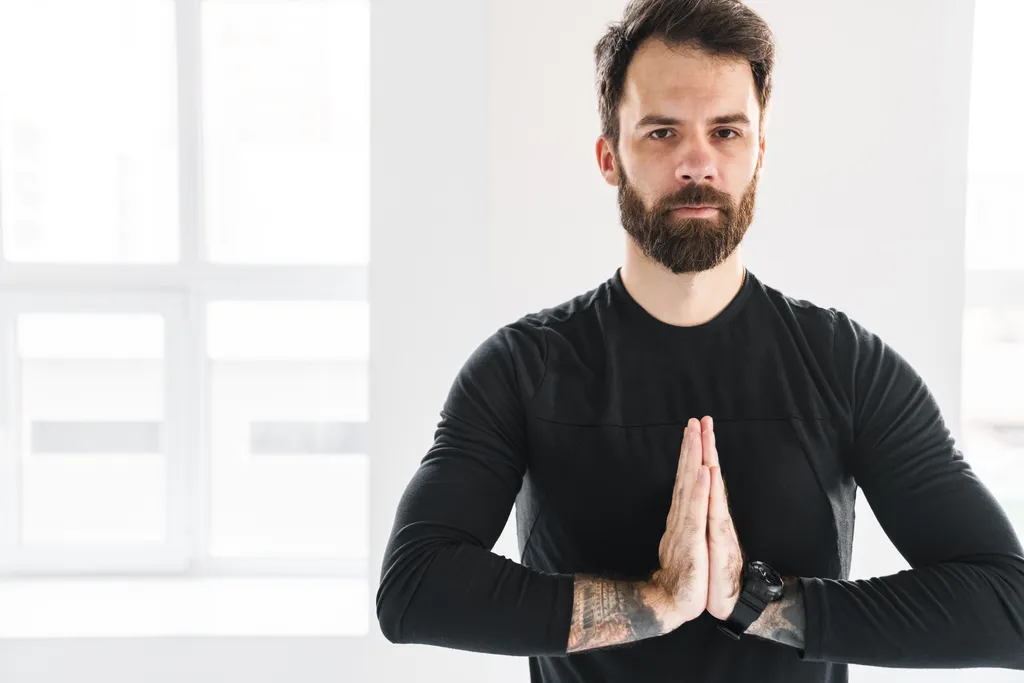
Choosing the Right Clothing for Yoga Practice
Opting for suitable clothing can significantly improve one’s comfort and performance when engaging in yoga. The following are some factors to bear in mind:
Material:
Select sweat-wicking, breathable fabrics to maintain your comfort and dryness. Numerous yoga garments are constructed from technical fabrics, cotton, bamboo, or other substances that strategically wick sweat from the body.
Fit:
Yoga attire should be comfortably tailored without being overly constricted. It should provide complete mobility without restricting any area of the body.
Comfort:
Comfort is crucial. Avoid wearing clothing with zippers, buttons, or other rough edges that could cause discomfort when lying on the mat.
Support:
It is highly recommended that women wear a sports bra that offers support and comfort when participating in physical activity.
Layering:
Your clothing layering needs may vary depending on the style of yoga you perform. Subdued layers may be effortlessly applied or eliminated by one’s body temperature.
Footwear:
Generally, yoga is performed barefoot, which enhances stability and balance. If desired, non-slip yoga tights are an alternative.
Always wear yoga attire that inspires the highest level of comfort and confidence. Select garments that enable you to concentrate on your practice routine without revising your attire.
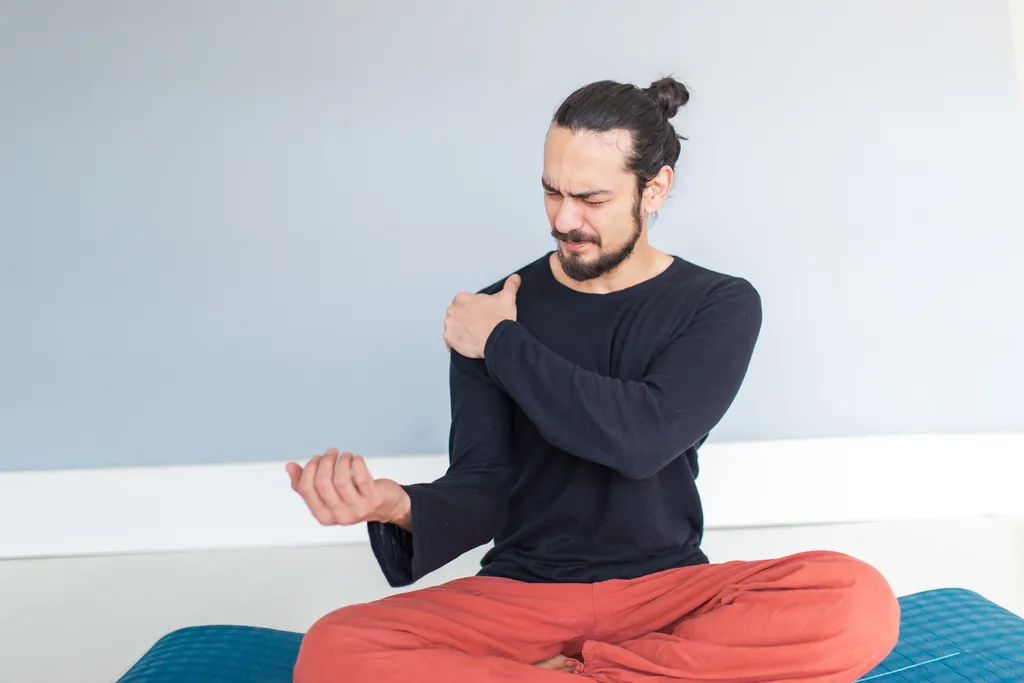
Identifying and Addressing Pain and Discomfort during Yoga
Yoga ought to be a pleasurable and calming endeavor. Although one might anticipate discomfort while challenging the body to enhance flexibility and strength, it is critical to distinguish discomfort from pain. Pain serves as an intuitive indication from the body that something is improper. Listed below are some measures to take:
Recognize the Pain:
Recognizing any discomfort experienced is the initial stage. Various sensations can be associated with pain, including dull or severe aches, compression or tension, or a burning or stinging sensation.
Distinguish between Good Pain and Bad Pain:
Positive discomfort, such as muscle tenderness following an exercise session, serves as an indication of progress. On the contrary, severe pain that occurs abruptly during a pose or stretch may indicate an injury.
Modify the Pose:
Attempt to alter the pose that is inducing discomfort. Occasionally, pain can be alleviated by minor adjustments to one’s body alignment or by employing support.
Take a Break:
Taking a break is acceptable if you are experiencing discomfort. Your body requires recovery and healing time.
Seek Professional Advice:
Consult a healthcare professional or a qualified yoga instructor if the discomfort persists. They are capable of offering guidance that is customized to your particular circumstances.
Keep in mind that the purpose of yoga is to promote health and well-being, not to induce injury or suffering. Constantly pay attention to your body and honor its limits.
Conclusion
Yoga is a holistic practice that promotes comprehensive health and well-being by integrating breathing exercises, physical postures, and meditation. Although yoga provides many advantages, engaging mindfully and safely is imperative. Flexibility enhancement and muscle strengthening require consistency, perseverance, and a well-rounded strategy. Adhering to comfortable and supportive apparel can significantly augment one’s practice, whereas maintaining awareness of pain or distress can be a preventive measure against injuries. Remember that each individual’s yoga journey is distinct and that each body is unique.
Although the manifestation of progress may vary among individuals, consistent and mindful practice will inevitably enhance one’s flexibility, strength, and general state of being. Remember that yoga’s purpose is not perfection but the process of self-discovery and development. Embrace this exquisite voyage.
FAQs
Q1: Is yoga suitable for everyone?
Yoga is appropriate for individuals of every age and level of fitness. Nevertheless, before beginning a new exercise regimen, you should seek guidance from a healthcare professional if you have any preexisting medical conditions or are expectant.
Q2: How often should I practice yoga?
Your schedule and objectives determine your yoga practice frequency. However, two to three times per week could be an adequate starting point. You can make adjustments over time in response to your body’s needs.
Q3: What if I’m not flexible enough for yoga?
It is optional to have exceptional flexibility to begin practicing yoga. An advantage of consistent yoga practice is, in fact, enhanced flexibility. Remember that the purpose of yoga is to appreciate and learn from the process, not to attain perfection, as each individual’s yoga journey is different.
Q4: Can I practice yoga at home?
Yes, it is entirely possible to engage in yoga at home. Indeed, numerous individuals favor home practice because it enables them to progress at their own speed and accommodates yoga into their timetable. Ensure you are in a comfortable, peaceful area where you will not be interrupted.
Q5: What should I eat before practicing yoga?
It would be best if you did yoga without eating before you started. If you must eat two hours before practice, eat a small snack like yogurt or fruit. After yoga, you can eat a healthy meal to get your energy back.




